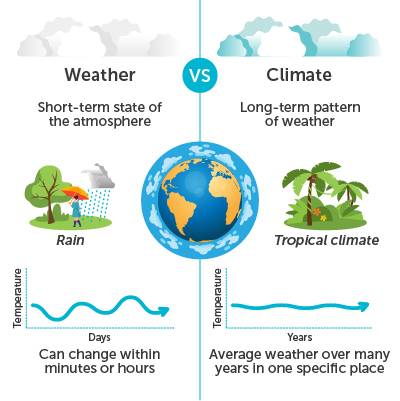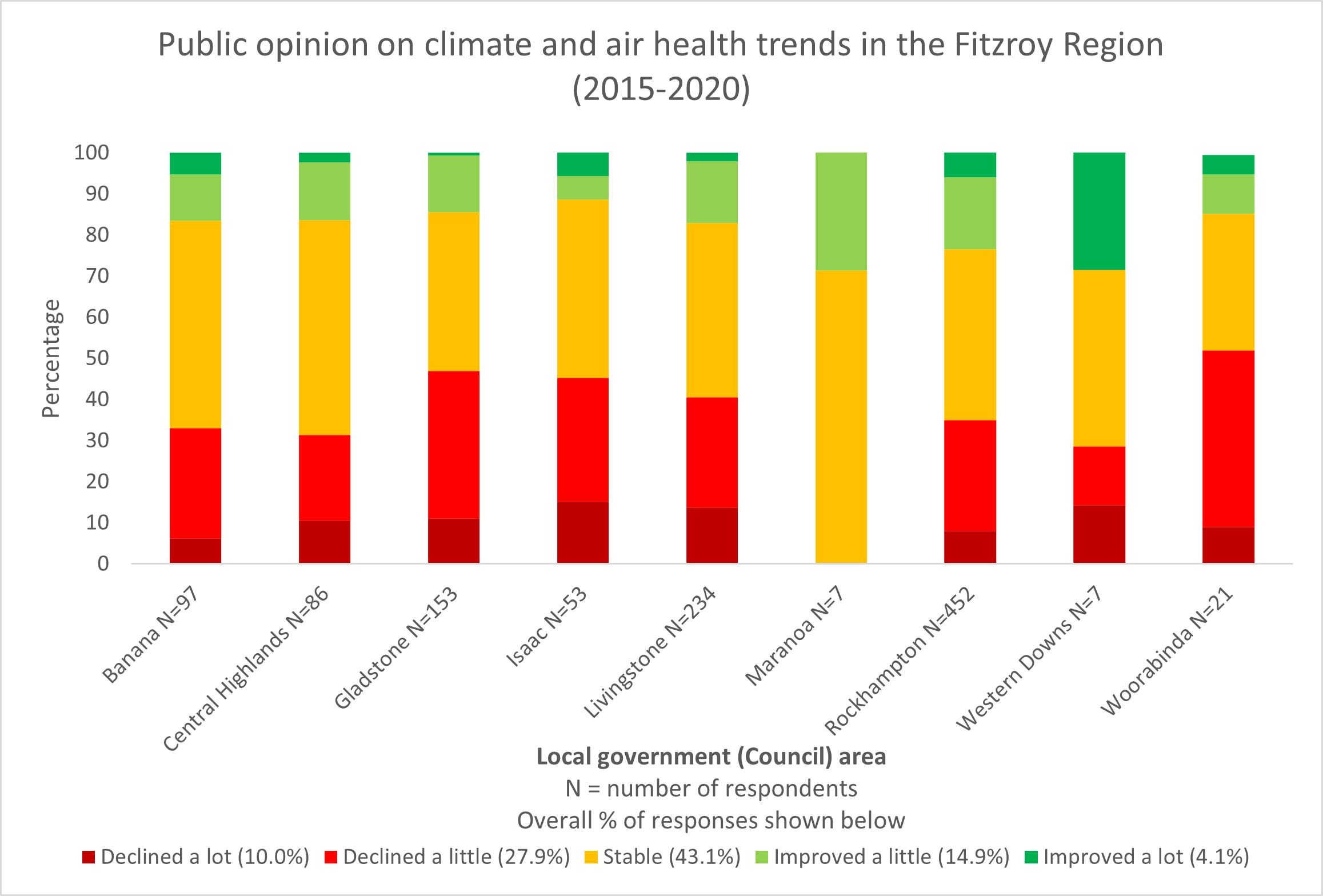Climate
Climate is the key driver of all natural processes, determining which plants, animals and environments can exist. Changes to our climate cause changes to whole ecosystems, coastlines, economies and more.
Climate controls who’s in and who’s out
Powered by the sun and determined by the movement and mixing of our oceans and atmosphere, climate refers to the average or expected weather pattern in a given area over a long period of time. Weather patterns (temperatures, rainfall and prevailing winds) determine the type of environments that dominate, which in turn dictate which plants and animals can thrive, merely exist or disappear altogether. As the biggest driver of all natural processes, climate also determines our lifestyles and livelihoods.
Because climate controls which plants and animals can live, how extreme weather gets and how much of the world’s water is stored as ice, even small changes can result in big shifts for us. Changes include where and how we can build our homes, which businesses are needed and what goods or services they supply, what food we can grow, as well as how much insurance we need to pay and what exclusions apply. Climate also influences how much heating or cooling we need, so it even influences our electricity bills!

Diagram adapted from Australian Environmental Education
Limiting human contributions to climate change (also known as anthropogenic climate change) will greatly assist with:
- reducing the need for humanitarian aid (and reduce migration)
- reducing the demands on our health and energy systems
- reducing the factors that threaten our health and wellbeing (including mental health)
- improving the recovery chances for threatened plants, animals and ecosystems
- improving Australia’s food and water security
- our international relations
DID YOU KNOW? According to the Climate Council, the cost of climate-fuelled extreme weather in Australia totalled $35 billion over the past decade.
Source
The most pressing cause of climate change is also the solution
Earth’s climate has constantly changed since the planet formed billions of years ago, driving the development and adaptation of all plant and animal species. However over the past 150 years, changes to our atmosphere have sped up, and plants and animals are no longer able to adapt fast enough. In the past, significant climate changes happened over the course of centuries or millennia, but significant changes now occur within decades and certainly within one human lifetime. The Intergovernmental Panel on Climate Change’s (IPCC) 2021 assessment report states there is no doubt that human activity has warmed the atmosphere, ocean and land, and that the scale of these changes is unprecedented over many centuries to many thousands of years.
While the activities that speed up climate change occur on global scale, what we do here in central Queensland matters at a local, national and global level.
The most common threats to climate from our regional activities include:
- Greenhouse gas emissions from mining and electricity generation
- Greenhouse gas emissions from transport and industry
- Land clearing to accommodate agriculture, urban areas, industry and roads
- Greenhouse gas emissions from landfill and agricultural practices
DID YOU KNOW? Since 1850, atmospheric carbon dioxide (a significant heat-trapping gas generated by land clearing and burning fossil fuel) has increased by 48% due to our post-industrial activities (the human population has increased by approximately 625%).
Source
Discover the biggest threats to this driver:
![]()
Climate changes are impacting where and how CQ lives
Detailed climate monitoring has occurred for more than 100 years, the results of which are reported by Australia’s Commonwealth Scientific and Industrial Research Organisation (CSIRO). The 2020 State of the Climate report shows that Australia’s climate has warmed on average by approximately 1.44oC. Unsurprisingly, we are experiencing more extreme heat events, a greater number of extreme fire days, and since the 1950s, longer fire seasons. This is despite a slight increase in average annual rainfall across the northern half of Australia (we now get fewer and more extreme rain events). Other changes include shifting coastlines and damage to our main tourism drawcard. Over the last 150 years, global sea levels have risen by approximately 25cm. Alarmingly, the rate is accelerating in central Queensland – approximately 15cm in just the last 30 years. Over the past 100 years, Australia’s surrounding oceans have increased in acidity, and average temperatures have risen by more than 1 degree. Not only has this made it harder for corals to grow, but it’s also contributed to wide-scale bleaching events on the Great Barrier Reef.
DID YOU KNOW? Increases in global temperature are the number one threat to corals that support and build the Great Barrier Reef. As on of Australia’s key tourism drawcards, the Great Barrier Reef supports 64,000 Australian jobs each year.
Source
In 2020, we asked our community to report on their opinion on the health of our climate and air in their local government area based on the preceding five years. The majority of respondents considered them stable, however, more people considered them to be declining than improving.

![]()
Urgent action is needed! Trends indicate things are in a bad way. We need to act now!
Asset status is a ready estimator based on:
- Global, Australian and Queensland reports
- The likely impact on our businesses, communities, economy and future if we change nothing in the next five years
- Results of the 2020 regional natural assets community survey
Our region is not at a point where available data can be collated and analysed using a scientifically validated model to produce an accurate report on the status of our region’s six region’s natural assets and two key drivers.



